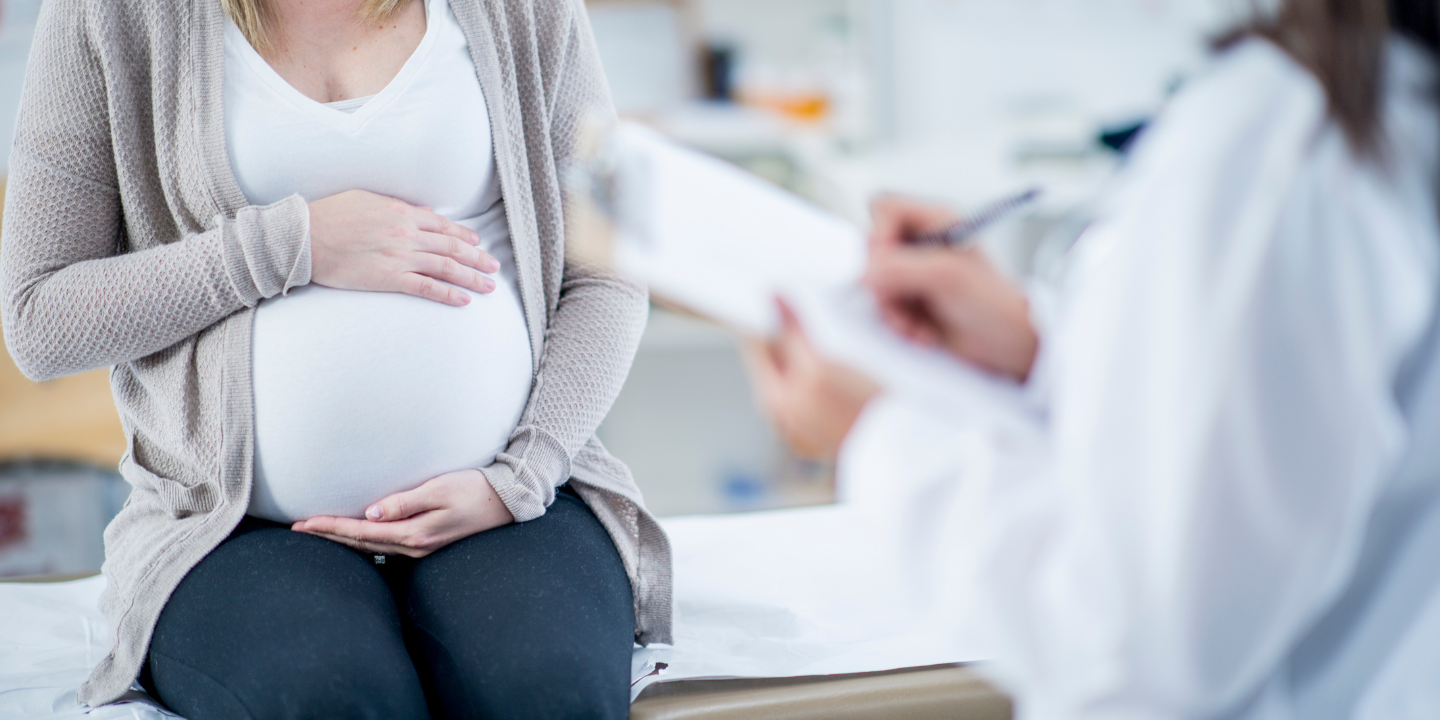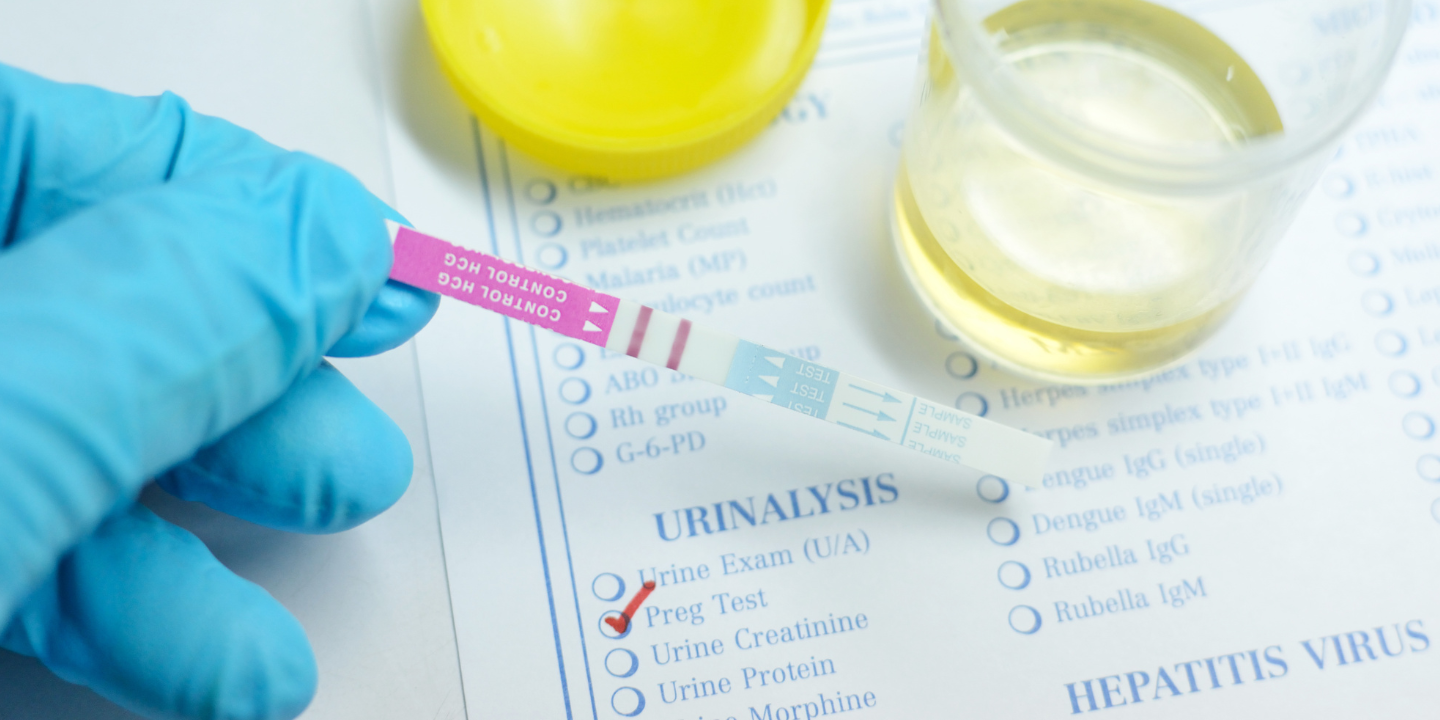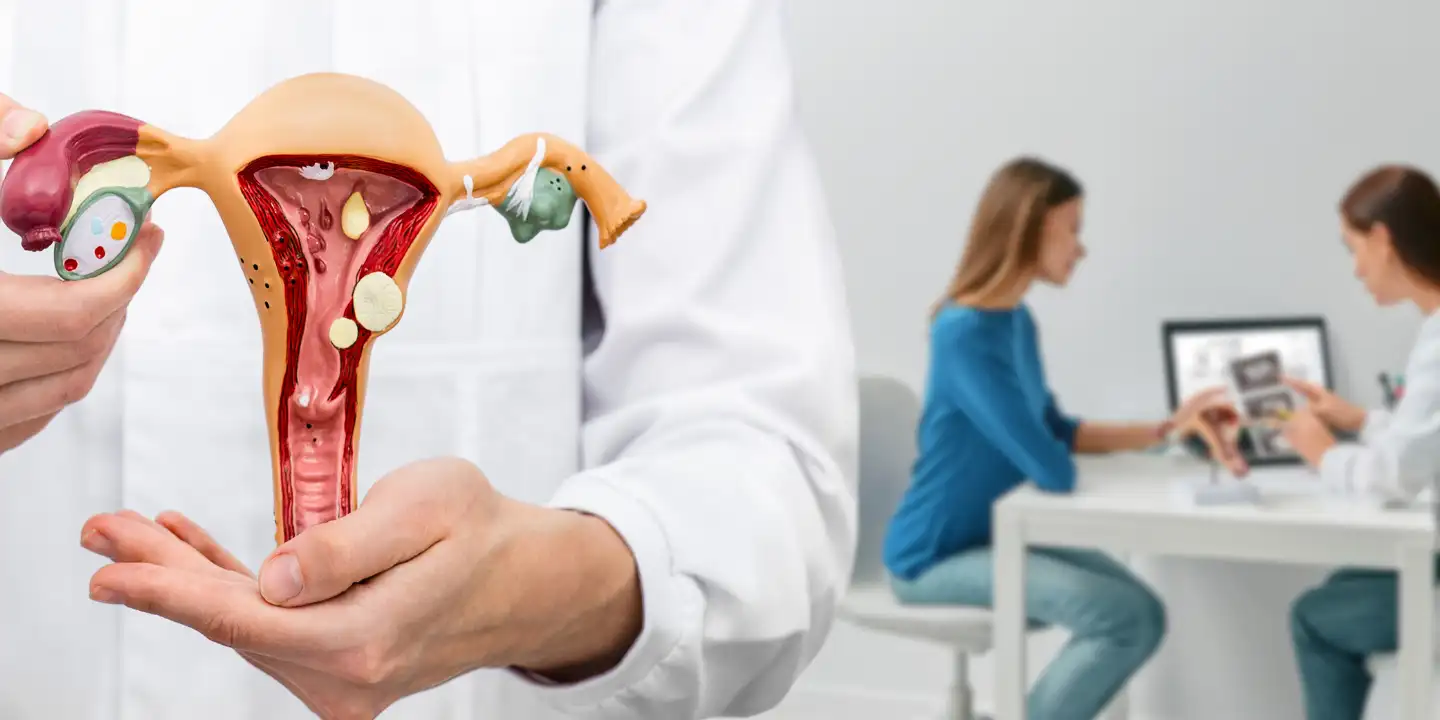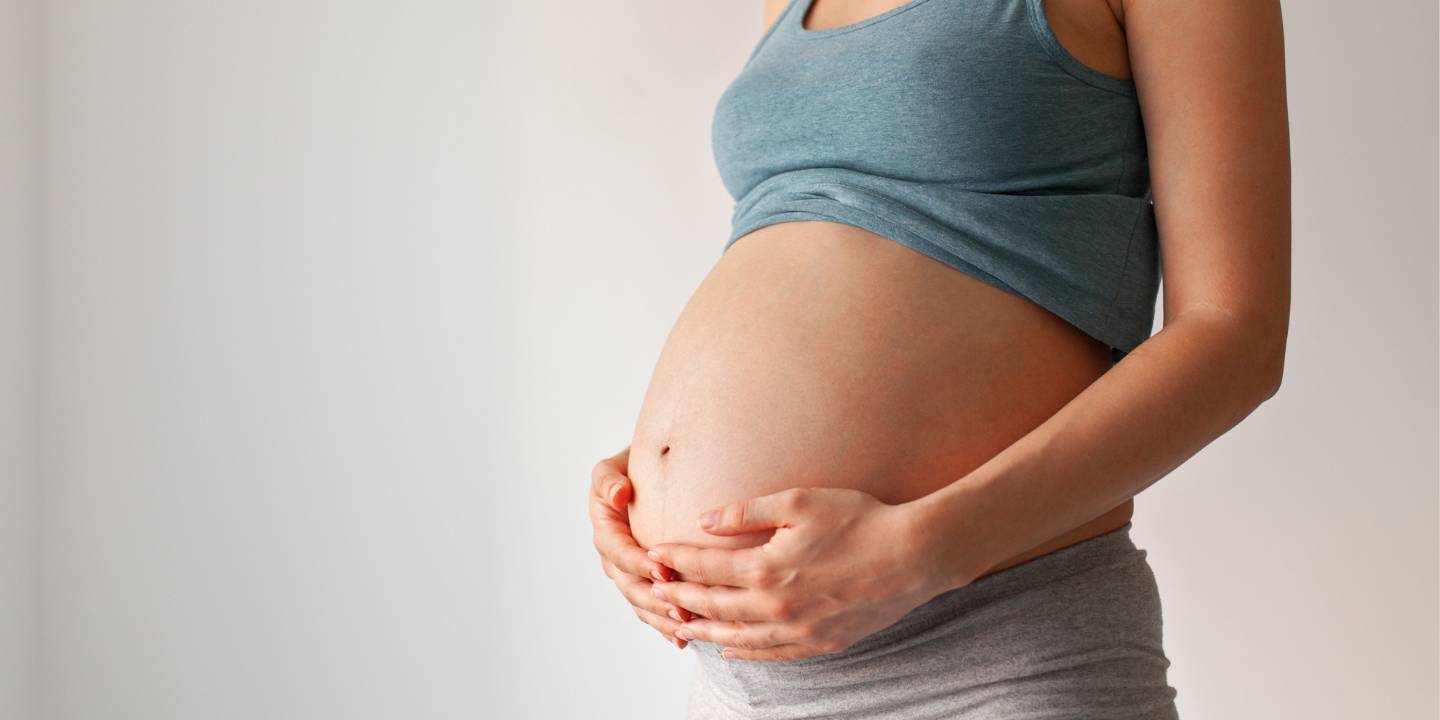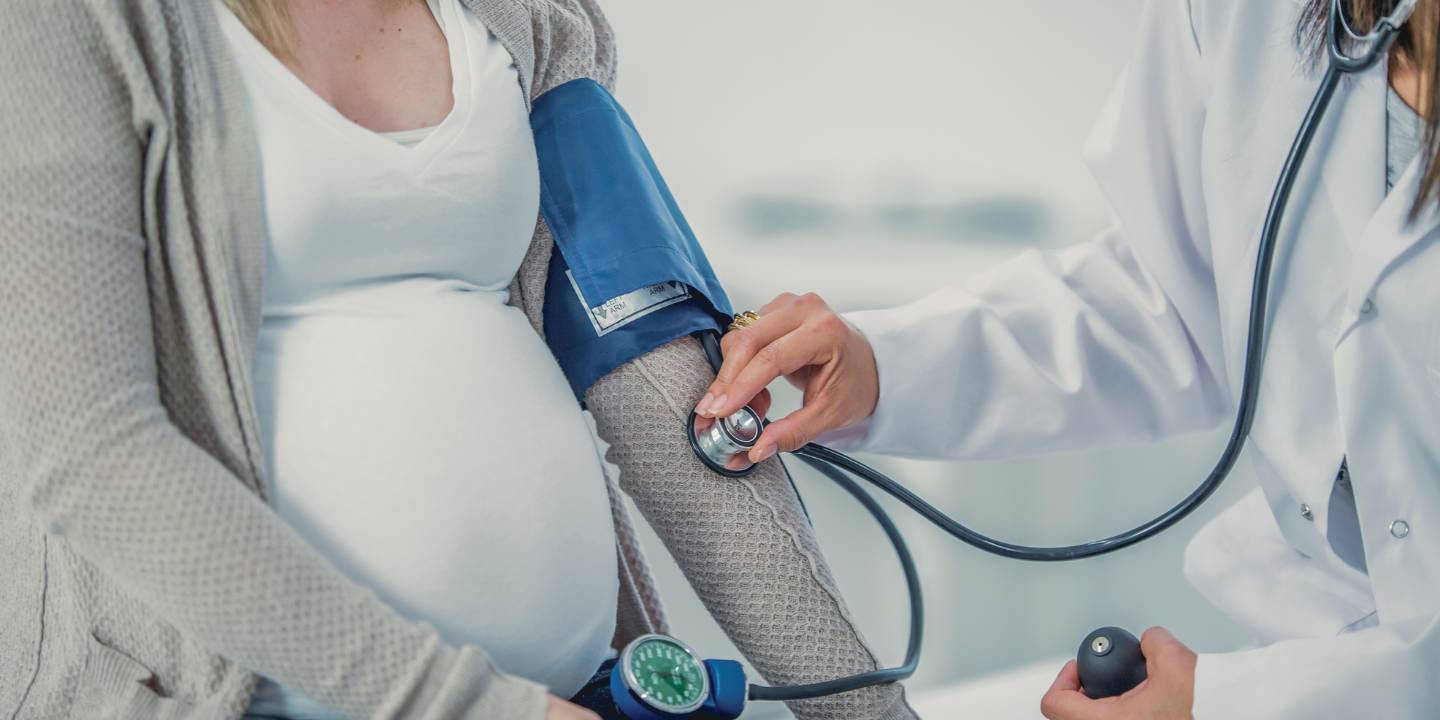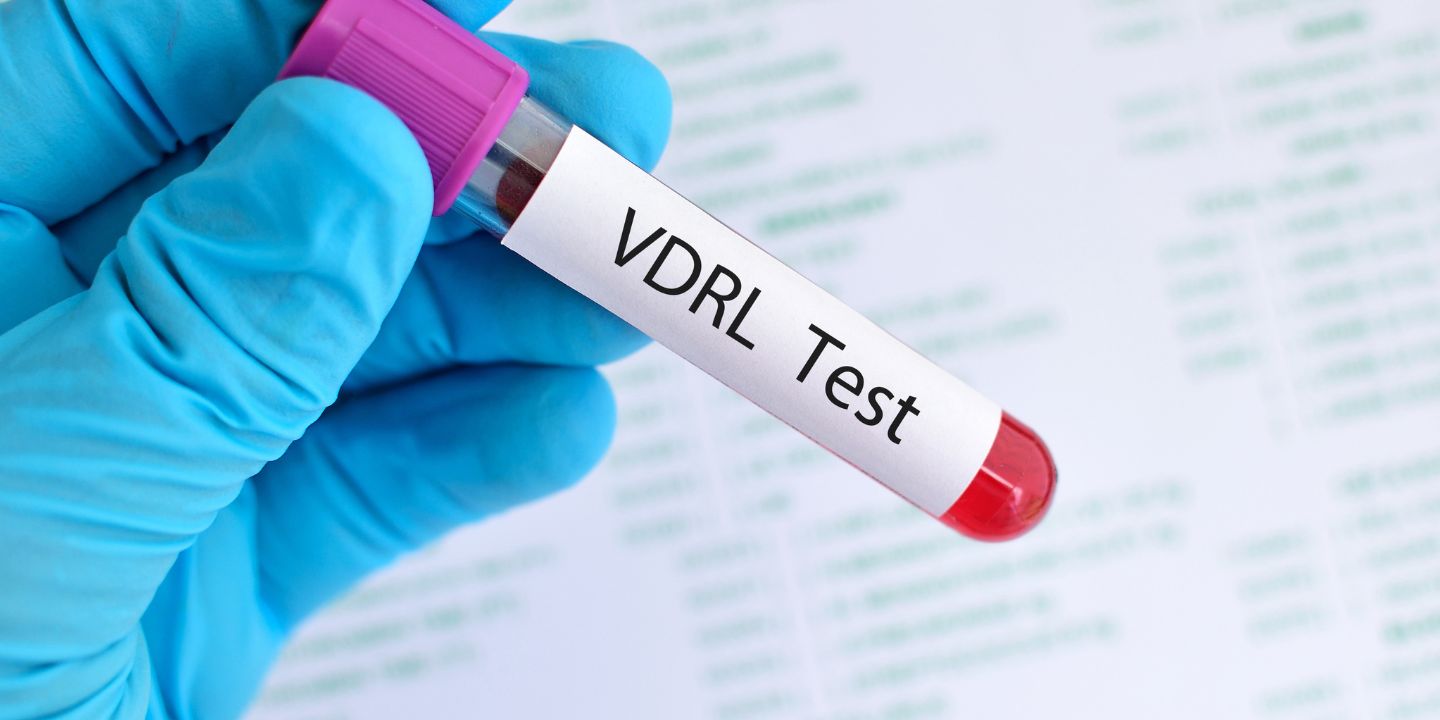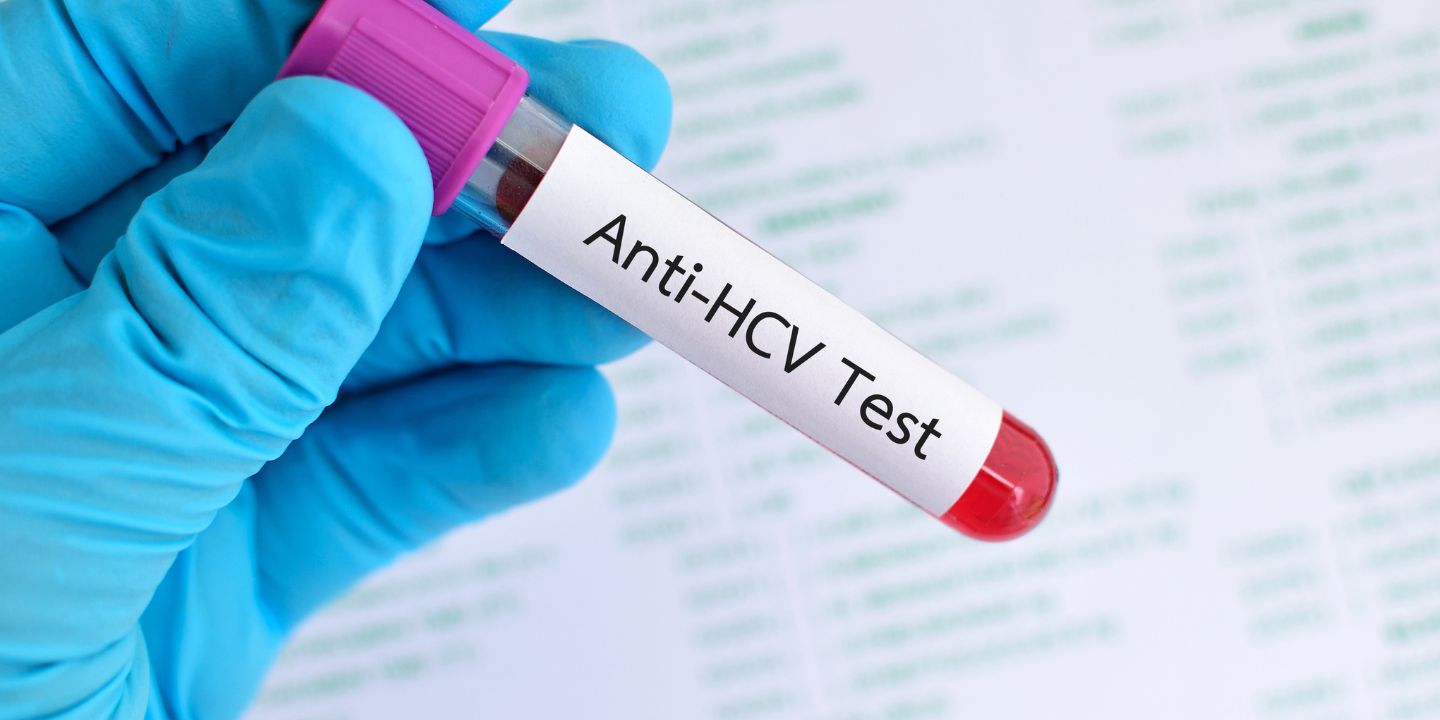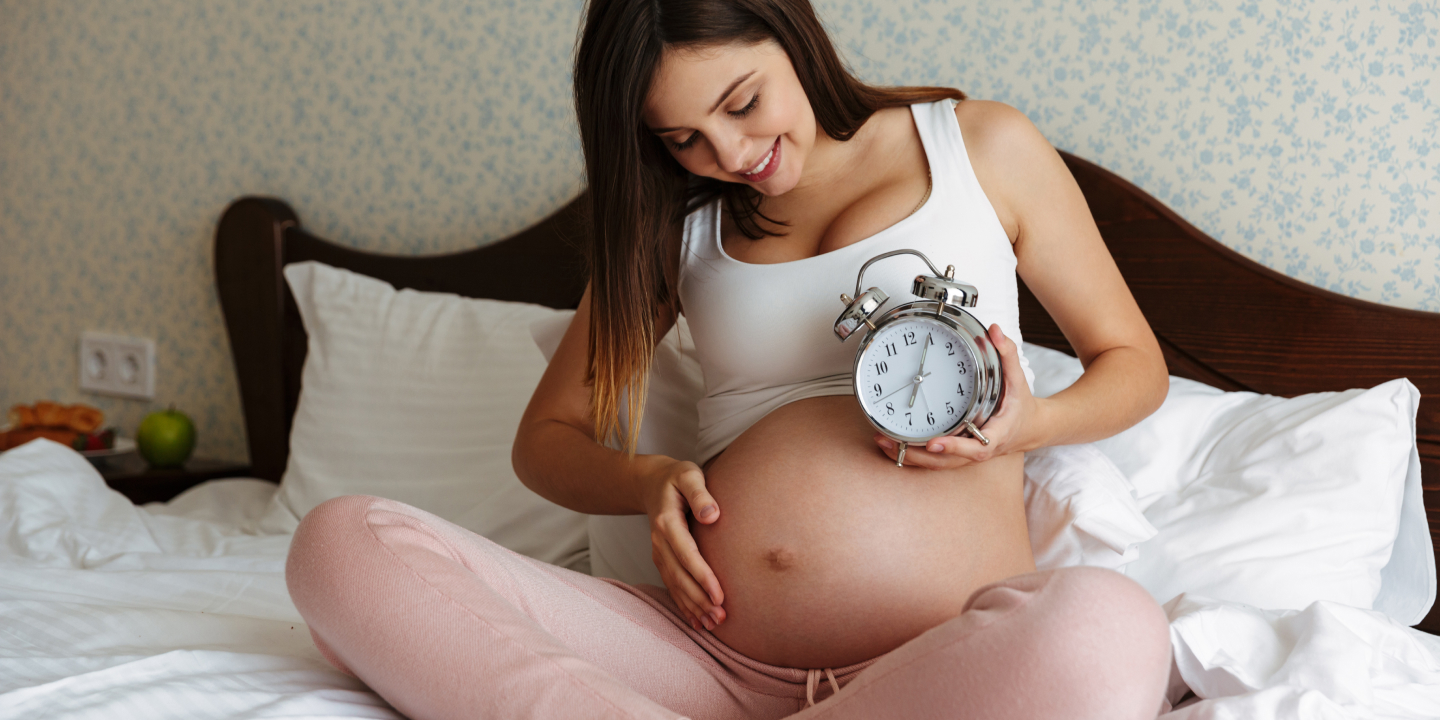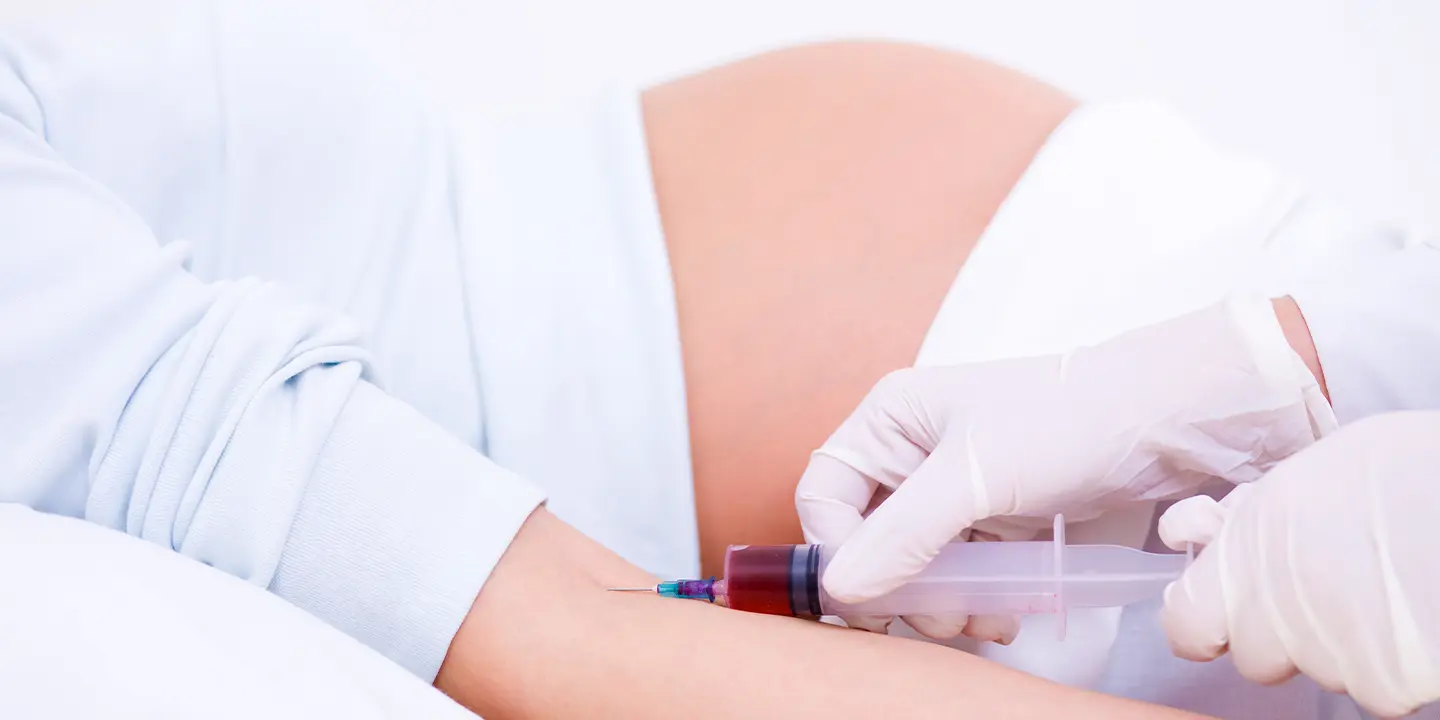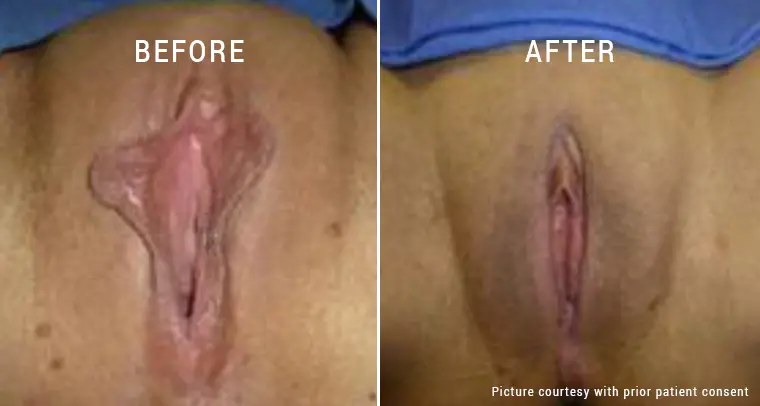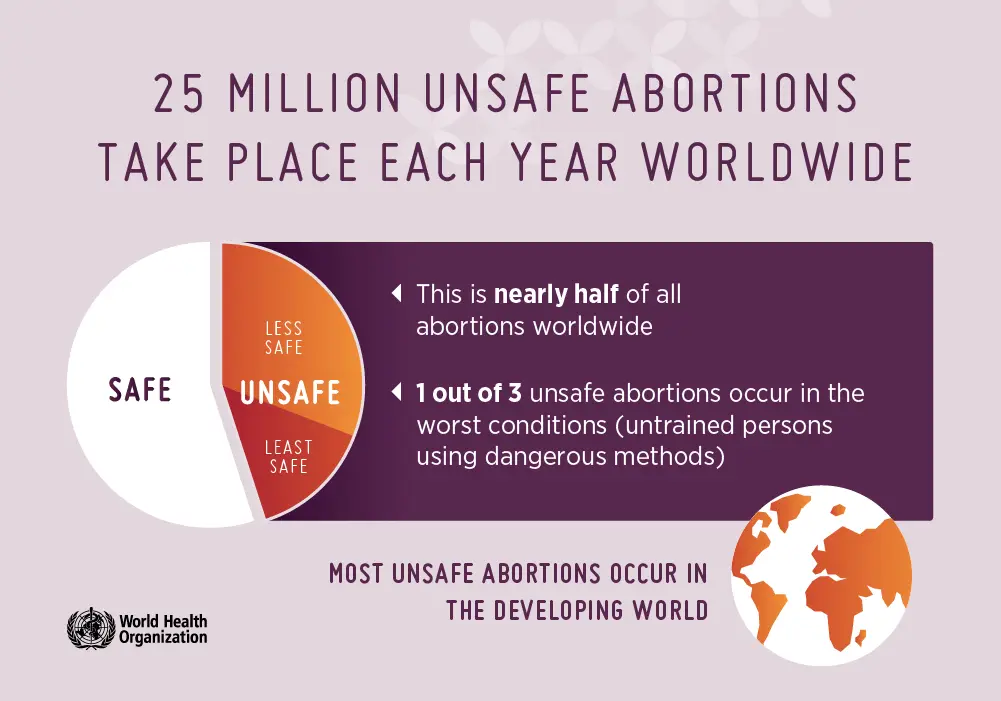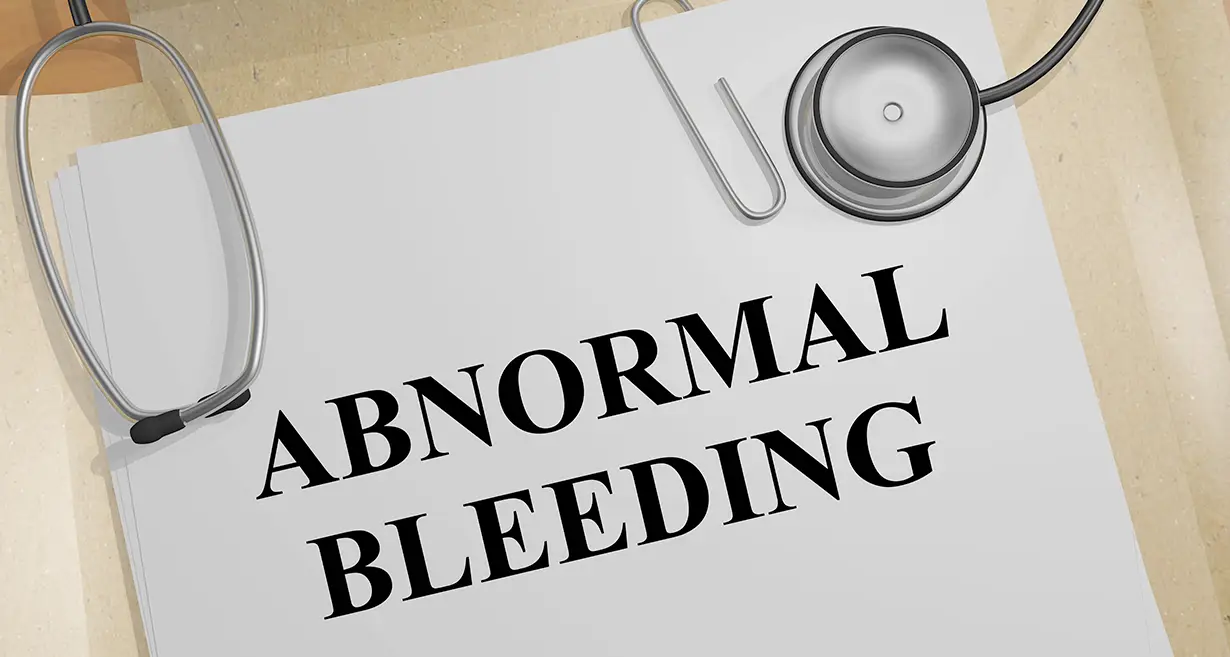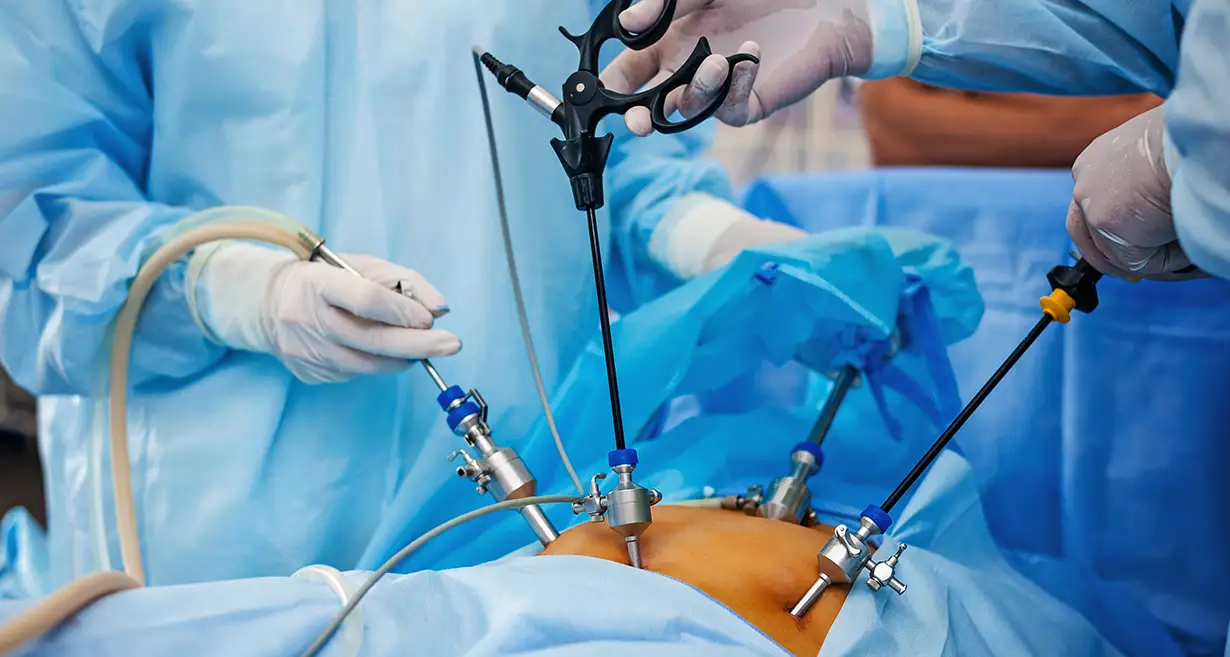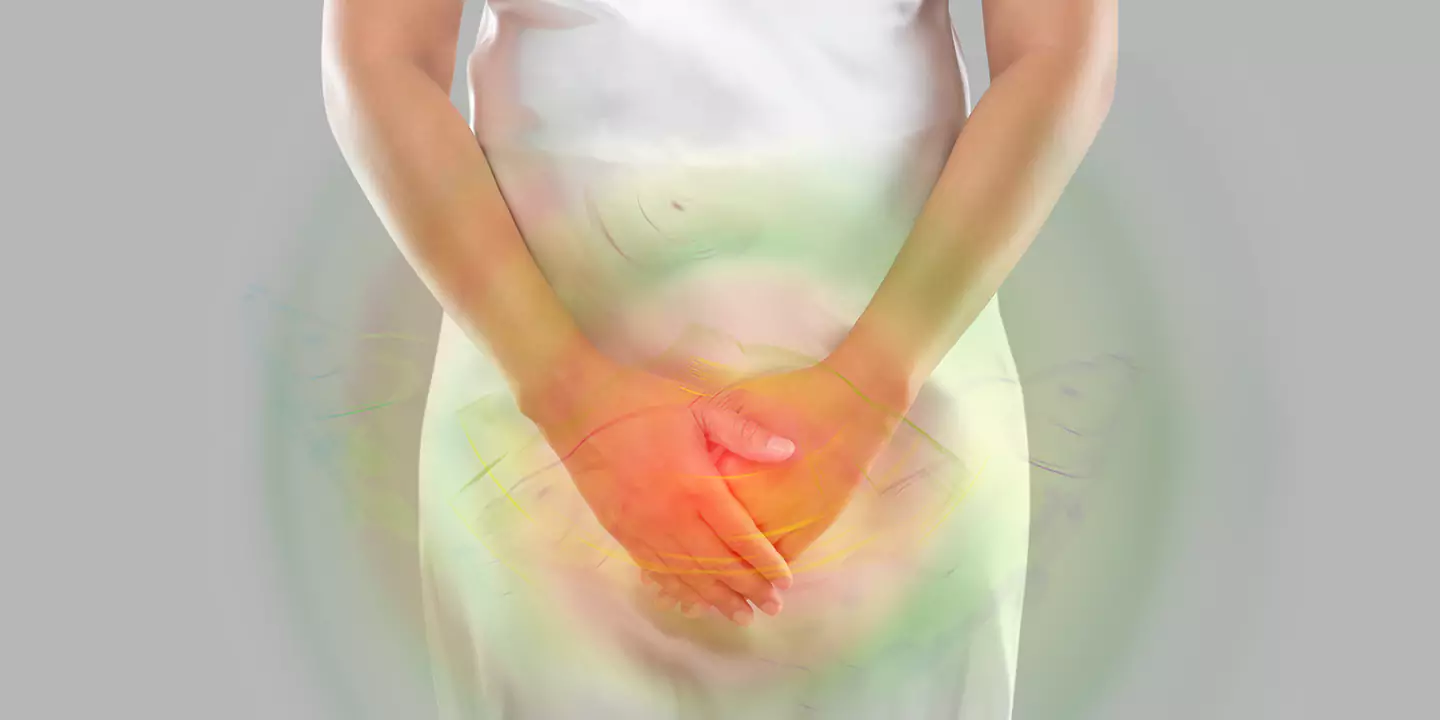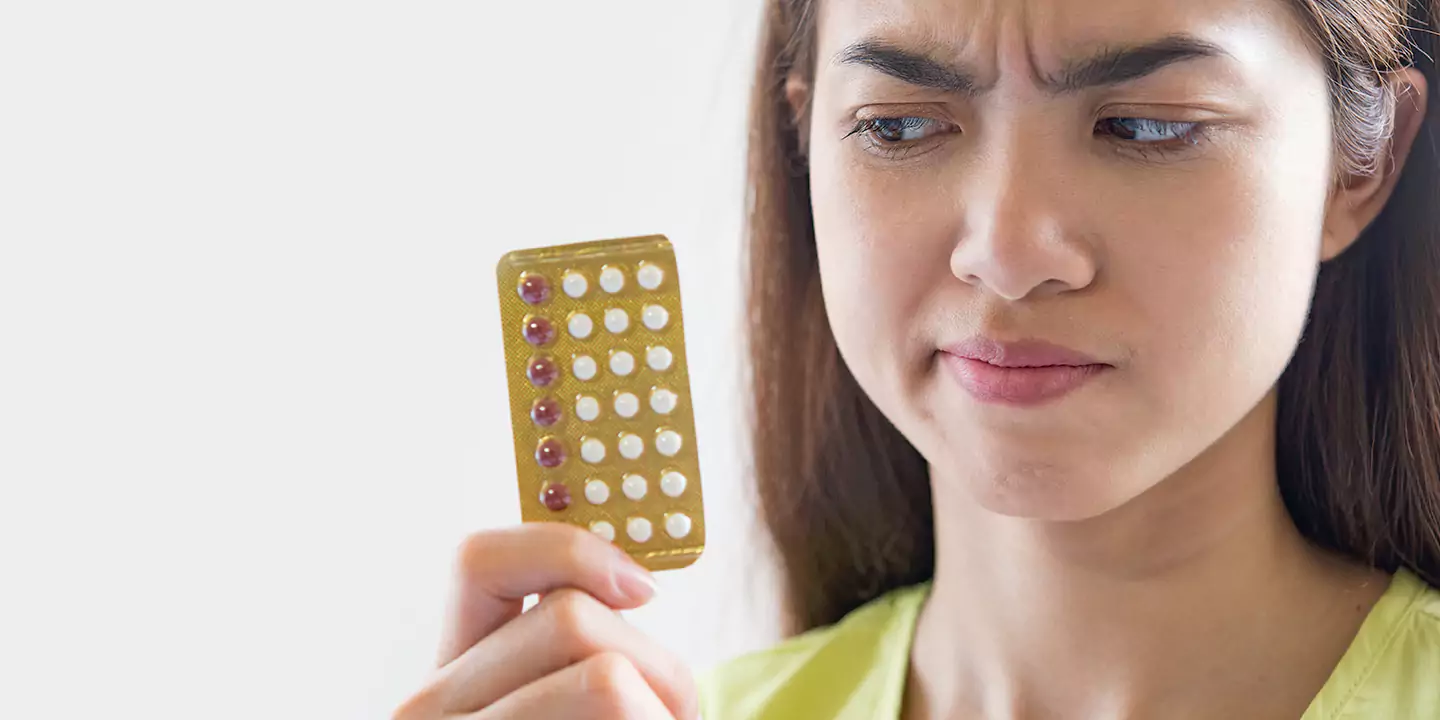
Anabolic steroids have long been a subject of controversy and intrigue, especially in the realm of sports and fitness. These synthetic compounds, designed to mimic the effects of the male hormone testosterone, are used by many to enhance physical performance, muscle growth, and overall appearance. However, the consequences of anabolic steroid use extend beyond the immediate gains.
This blog delves into the intricate and often detrimental effects of anabolic steroids on male and female fertility. We will explore the mechanisms at play, examine scientific studies, and consider alternatives, all with the aim of shedding light on this critical issue.
In this Article
- 1 Understanding Anabolic Steroids
- 2 Male Fertility and Anabolic Steroids
- 3 Female Fertility and Anabolic Steroids
- 4 Shared Effects on Male and Female Fertility
- 5 Mechanisms of Action
- 6 Recovery and Reversibility
- 7 Risks and Side Effects
- 8 Alternatives to Anabolic Steroids for Fitness and Performance
- 9 Fertility Preservation and Treatment Options
- 10 A Broader Perspective
Understanding Anabolic Steroids
Definition and Common Uses
Anabolic steroids, also known as anabolic-androgenic steroids (AAS), are synthetic substances that mimic the actions of testosterone in the body. They were initially developed to treat various medical conditions, including delayed puberty and muscle-wasting diseases. However, their usage has expanded into the realm of bodybuilding, sports, and aesthetics.
Mechanisms of Action in the Body
Anabolic steroids function by binding to androgen receptors in cells, influencing gene expression, and ultimately promoting the development of masculine traits such as muscle growth and increased body hair.
Legal Status and Prevalence
The legal status of anabolic steroids varies by country, but they are often classified as controlled substances due to their potential for abuse. Nevertheless, their use persists in many fitness and athletic circles.
Related Blog: When to See a Fertility Specialist: Key Indicators
Male Fertility and Anabolic Steroids
Introduction to the Male Reproductive System Understanding the male reproductive system is crucial to comprehending the impact of anabolic steroids on male fertility. The system includes the testes, which produce sperm and testosterone, as well as the accessory glands and ducts.
Effects on Male Fertility Anabolic steroids can disrupt the delicate balance of the male reproductive system in several ways:
Testosterone Production
One of the most notable effects is the suppression of endogenous testosterone production. The body senses the influx of synthetic testosterone and reduces its own production, which can have long-lasting consequences.
Reduced Sperm Count
The use of anabolic steroids can lead to a significant decrease in sperm production, resulting in a lower sperm count. This condition is known as oligospermia, and it can impair a man’s ability to father a child.
Altered Sperm Quality
Even if sperm production remains unaffected, the quality of the sperm may be compromised. Steroid use can lead to abnormalities in sperm morphology and motility, reducing the chances of successful fertilization.
Hormonal Imbalance
Anabolic steroids disrupt the normal hormonal balance in the male body, causing the testes to produce less testosterone. As a result, the hypothalamus and pituitary gland, which control hormone regulation, signal the testes to decrease their production of sperm. This hormonal imbalance can also lead to other health issues, such as gynecomastia (enlarged breast tissue in males) and reduced libido.
Testicular Atrophy
Prolonged use of anabolic steroids can lead to the shrinkage of the testicles. This condition, known as testicular atrophy, is a direct consequence of the body’s feedback mechanism being disrupted by exogenous steroid use.
Related Blog: 11 Harmful Effects of Smoking on Fertility and Reproductive Health
Female Fertility and Anabolic Steroids
Introduction to the Female Reproductive System In women, the reproductive system is marked by a delicate interplay of hormones and processes that culminate in the menstrual cycle and ovulation.
Impact on Female Fertility The influence of anabolic steroids on female fertility is no less significant:
Menstrual Irregularities
Female steroid users often experience menstrual irregularities, including missed periods or changes in menstrual flow. These disturbances are attributed to hormonal imbalances caused by anabolic steroids.
Virilization
Perhaps the most alarming effect of anabolic steroid use in women is the risk of virilization, which involves the development of male secondary sexual characteristics. This can include the growth of facial hair, a deepening of the voice, and clitoral enlargement. These changes are often irreversible.
Hormonal Imbalances
Anabolic steroids can disrupt the hormonal balance in women, leading to imbalances in estrogen and progesterone, further complicating fertility.
Infertility Risk
Prolonged use of anabolic steroids may lead to infertility in women due to the suppression of the hypothalamic-pituitary-ovarian axis, which controls the menstrual cycle and fertility. In some cases, fertility can be restored after discontinuing steroid use, but it is not guaranteed. Additionally, steroid use during pregnancy can lead to a range of complications.
While the effects of anabolic steroids on male and female fertility differ in some aspects, there are common consequences that apply to both genders:
Libido and Sexual Dysfunction
Anabolic steroid use can negatively impact libido and sexual function in both men and women. This may include reduced interest in sex, erectile dysfunction in men, and difficulty achieving orgasm in women.
Psychological Effects
The psychological consequences of anabolic steroid use can also affect fertility. Users may experience mood swings, aggression, and impaired judgment, which can impact relationships and family planning.
Mechanisms of Action
To understand how anabolic steroids wreak havoc on fertility, it’s crucial to delve into the underlying mechanisms. These synthetic hormones disrupt the endocrine system, altering the natural balance of hormones in the body. The endocrine system, responsible for regulating hormones and maintaining equilibrium, is thrown into disarray by the introduction of exogenous hormones. This disruption, in turn, affects the reproductive system, causing fertility issues.
Related Blog: Do Fibroids Cause Infertility And Affect Your Pregnancy?
Recovery and Reversibility
The good news is that many of the effects of anabolic steroids on fertility are reversible once steroid use is discontinued. However, the degree of recovery varies among individuals and depends on factors such as the duration and intensity of steroid use.
Recovery Time
In males, sperm production may recover within several months after discontinuation of steroid use. However, it can take longer for hormonal balance to be fully restored.
Irreversible Effects
Some changes, such as testicular atrophy or virilization in females, may be irreversible. It is essential to seek medical advice to determine the extent of any permanent damage and explore potential treatments.
Risks and Side Effects
Beyond the realm of fertility, the use of anabolic steroids carries a multitude of risks and side effects. Cardiovascular issues, including an increased risk of heart attacks and stroke, are well-documented. Psychological side effects, such as mood swings, aggression, and depression, can also be devastating. It’s crucial for individuals considering or using anabolic steroids to understand that these substances impact not only their fertility but also their overall health and well-being.
The importance of seeking professional guidance cannot be overstated. Healthcare providers can offer support and counsel on the potential consequences of steroid use, as well as interventions to mitigate these risks.
Alternatives to Anabolic Steroids for Fitness and Performance
It’s crucial to recognize that there are alternative ways to achieve fitness and performance goals without resorting to anabolic steroids. Natural training, a balanced diet, and appropriate supplementation can produce excellent results when approached with dedication and discipline. These approaches not only promote better health but also avoid the fertility-related pitfalls associated with steroid use.
Prioritizing long-term health and well-being over quick, artificial gain is a choice that ultimately leads to a happier and healthier life.
Fertility Preservation and Treatment Options
Fertility preservation stands as a proactive measure, offering a lifeline for those contemplating steroid usage. It empowers individuals to secure their potential to conceive in the future, even amidst the challenges posed by anabolic steroids. Some key aspects to consider:
Preservation Techniques
Options like sperm or egg freezing provide a safety net, preserving one’s reproductive capacity. These approaches can be explored in consultation with healthcare professionals.
In situations where fertility problems have already manifested, a spectrum of treatment avenues awaits. These encompass medical interventions, lifestyle adjustments, and emotional support. Treatment options may include:
- Hormone Therapy: Restoring hormonal balance is a fundamental aspect of treatment, particularly for those with disrupted endocrine systems due to steroid use.
- Lifestyle Modifications: Changes in diet, exercise, and stress management can have a significant impact on fertility. These modifications may be recommended by healthcare professionals.
- Assisted Reproductive Technologies (ART): Techniques such as in vitro fertilization (IVF) or intracytoplasmic sperm injection (ICSI) can aid in achieving pregnancy when natural conception is challenging.
- Counseling and Support: Emotional well-being is intertwined with fertility. Counseling and support groups can offer solace and guidance through the fertility journey.
These treatment options, in conjunction with expert advice, provide a path toward regaining control over one’s reproductive health and the possibility of building a family.
A Broader Perspective
The use of anabolic steroids in sports, fitness, and bodybuilding is not solely a matter of individual choices; it’s a societal and cultural phenomenon. These substances are often used to meet societal standards of physical excellence, which can create immense pressure on individuals. Additionally, the motivations behind steroid use, including the desire for recognition, can be linked to broader issues related to self-esteem and body image.
As we address the impact of anabolic steroids on fertility, it’s essential to understand the complex web of factors contributing to their use. A broader perspective allows for a more empathetic and informed discussion on the topic.
Conclusion
In conclusion, anabolic steroids’ impact on male and female fertility is profound, extending beyond immediate muscle and performance gains. Prioritizing long-term well-being over short-term benefits is crucial, recognizing the tangible consequences of these choices. Seek professional guidance to safeguard your valuable reproductive health.
As we navigate the complex relationship between anabolic steroids and fertility, let’s make informed, responsible choices for ourselves and future generations.
For specialized reproductive health guidance, reach out to Queen’s Gynecology. Our dedicated team provides personalized care and expert advice to protect your fertility. Your reproductive health is our priority. Act today for a healthier future.























